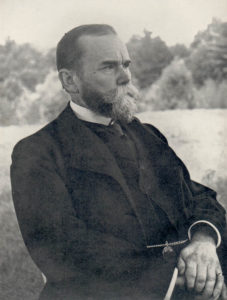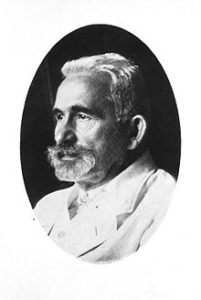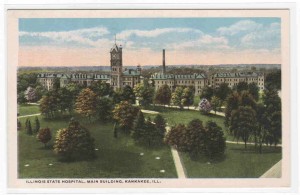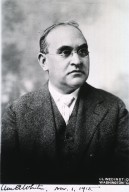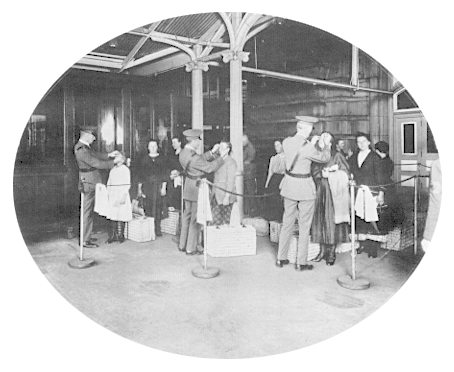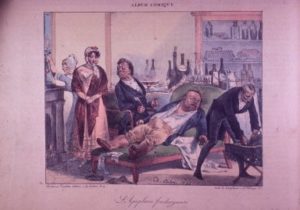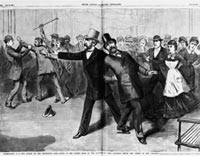
Print of Assassination Attempt, which appeared in Frank Leslie’s Illustrated Newspaper, July 16, 1881, courtesy Library of Congress
Charles Julius Guiteau shot President James Garfield at the Pennsylvania railroad station in Washington, DC on July 2, 1881. He did not try to escape and was apprehended on the spot; when the president died twelve weeks later, Guiteau went on trial for his murder. The public was fascinated and the trial became something of a media circus, with Guiteau’s behavior as avidly reported as the points made by the attorneys for the prosecution and defense. Continue reading

